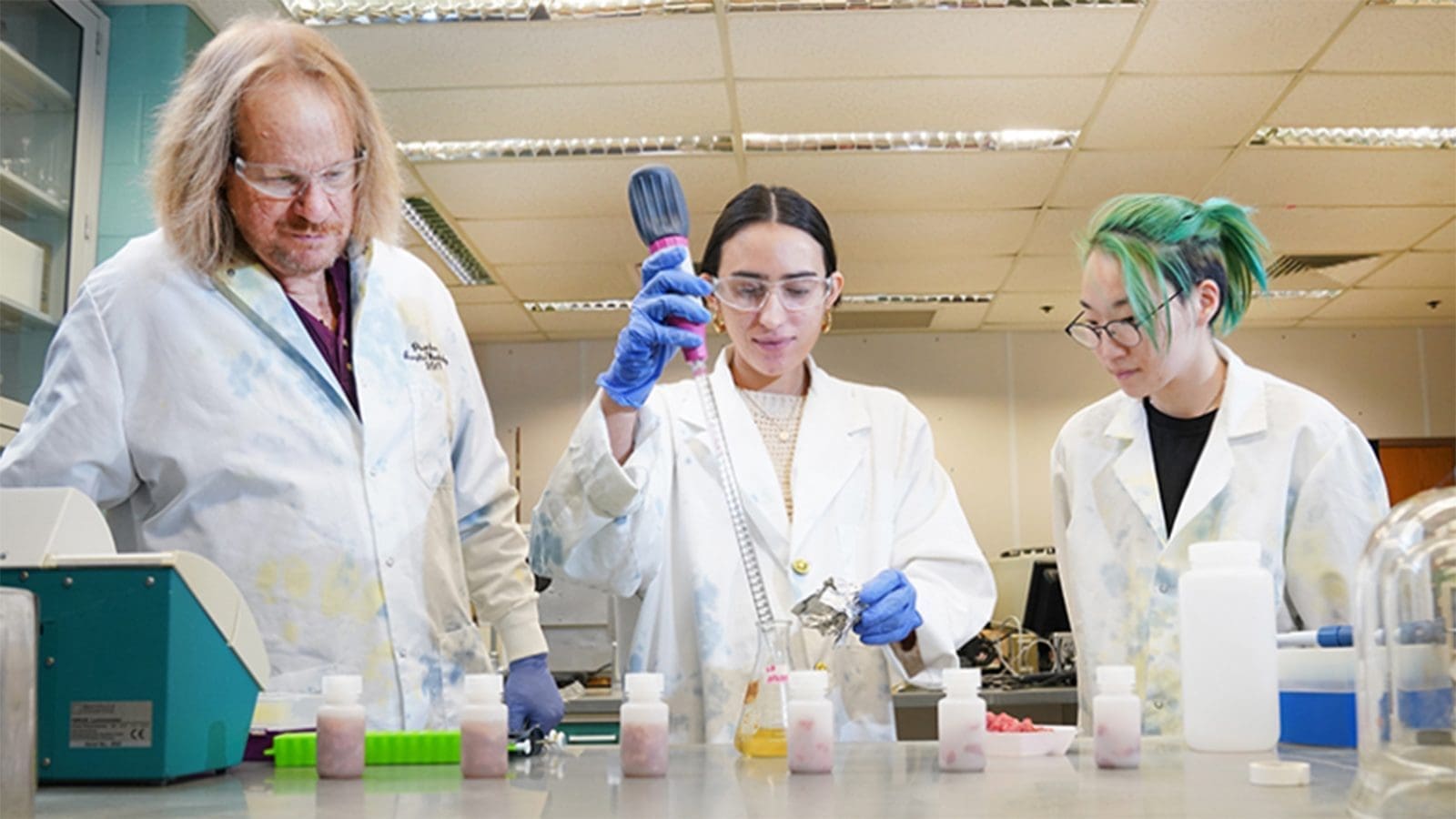U.S – A research team from Purdue University has created a brand-new, quicker assay to detect Escherichia coli O157:H7 in ground beef.
Professor of Food Science at Purdue University Bruce Applegate, Ph.D., was in charge of developing the assay.
The Food Safety and Inspection Service (FSIS) of the U.S. Department of Agriculture (USDA) has a “zero tolerance” policy for E. coli O157:H7, which means that if even one cell is found in a typical sample of ground beef weighing 325 grams (11.4 ounces), the entire batch is deemed unfit for consumption.
However, enrichment is necessary to find pathogens at these low concentrations.
In 2012, this policy expanded to include the six serotypes of non-O157 STEC, due to their increasing prevalence in causing foodborne illness in the U.S.
With a low infectious dose of an estimated 10–100 cells, E. coli O157:H7 poses a considerable threat to public health. Thus, it is critical that E. coli O157:H7 detection in food is carried out rapidly and accurately.
Currently, FSIS collects samples from beef processing facilities and ships them overnight to regional testing laboratories.
Pathogen detection requires robust methods that employ an initial 15–24 h culture enrichment.
The novel assay created by Dr. Applegate and his team saves time because sample enrichment and pathogen identification happen simultaneously during the 15 hours or more required to send samples from a production facility to an FSIS testing lab.
Since the assay will have produced a positive or negative result by the time the product is received by FSIS, this permits products to be released onto the market more swiftly.
The technology is based on phages and viruses that attack particular types of bacteria.
Researchers genetically modified a phage to integrate its genome into the chromosome of E. coli O157:H7 after infecting the bacteria.
The phage creates an enzyme that produces light once it has been incorporated into the E. coli genome, making the infected cells glow. E. coli O157:H7 is detected when the culture glows.
The study’s co-authors include Andrew Gehring and George Paoli of the USDA’s Agricultural Research Service (ARS) in Wyndmoor, Pennsylvania, as well as Arun Bhunia, Ph.D., a Professor of Food Science at Purdue University.
Collaborations between Drs. Gehring and Paoli and Dr. Applegate are a result of a long-standing partnership between ARS and the Center for Food Safety Engineering at Purdue.
Foodborne pathogens cause an estimated 9.4 million cases of illness annually in the United States. Of those, there are over 175,000 cases of illnesses caused by Shiga toxin-producing Escherichia coli (STEC) infections.
For all the latest food safety news from Africa and the World, subscribe to our NEWSLETTER, follow us on Twitter and LinkedIn, like us on Facebook and subscribe to our YouTube channel.








